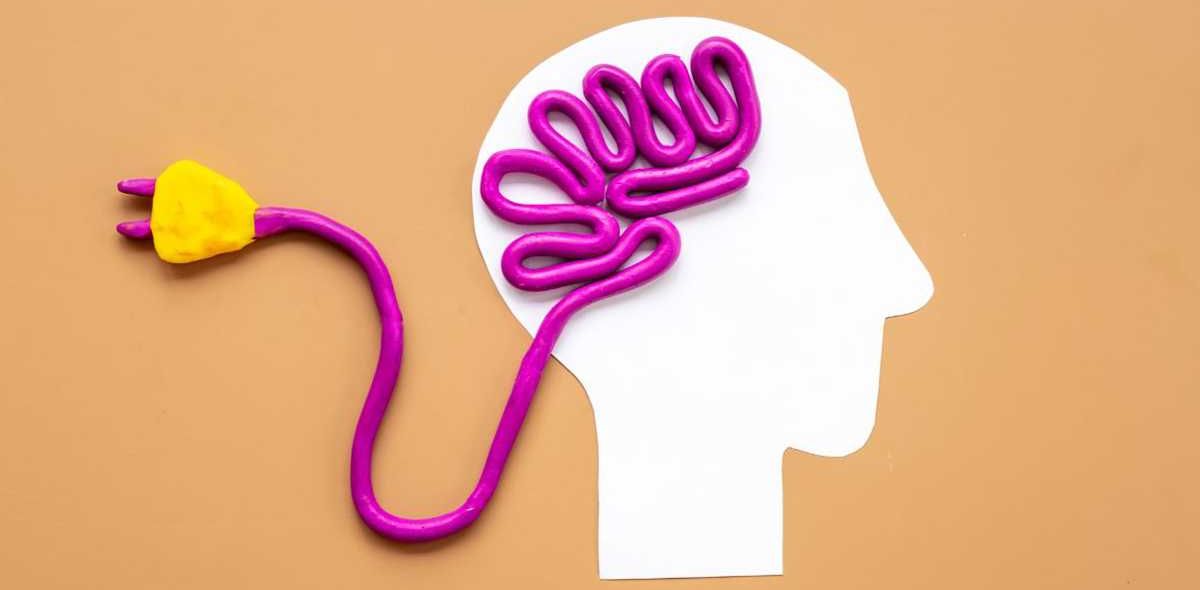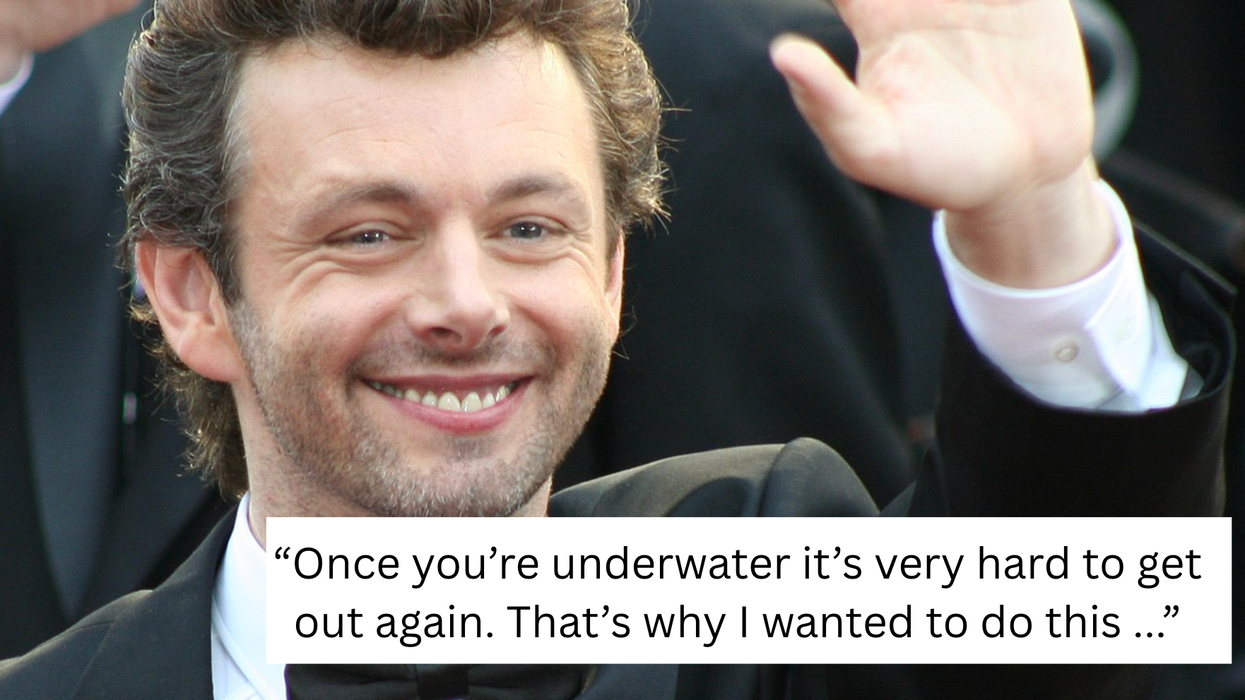When it comes to memorization, repeating something over and over again has been the basic tactic most of us have used since starting elementary school. It's long, tedious, often ineffective, and sometimes feels just plain exhausting. But there's good news: the 2357 method is here to help. Yes, this involves repeated visits to subject matter—there's no escaping that part, but it integrates subtle changes that really help. These are the basic steps:
What is the 2-3-5-7 method?
- Day 1: Revise your initial notes — This might be the biggest hurdle, because nobody, after just learning something, wants to dive right in. Going back over what you just learned and refreshing and cleaning up the notes goes a long way. A 2025 study in the Oxford Academic found rewriting your notes helped with recall, especially for learning details.
- Day 2: Revise and review them — A 2024 review by Brown University released by the Department of Educational Services found that revisiting and restructuring notes after initial exposure was a strong practice for memory, retention, and productivity.
- Day 3: Revise and review again — It's the same principle behind Day 2. You can take a slightly different approach this time by focusing on other details or subjects you're not grasping as well. Try to find new ways that things connect and fit together.
- Day 5: Revise and review again — The good news about Day 5 is that you get to take a break with no Day 4. Taking breaks between study sessions is crucial for combating the "forgetting curve." A 2022 study in the National Library of Medicine discovered that forgetting happens at different time intervals (short, intermediate, and long). Expanding the memorization structure helps tackle each hurdle.
- Day 7: Revise and review again — The importance on Day 7 is to review more than revise. A great technique suggested by Ellefson is 'blurting.' It involves writing down everything you know about the subject, then checking your notes to find what you missed.

Why does it work?
It works because it effectively combines elements of proven memorization techniques. Increasing the time between sessions helps combat the forgetting curve. Spacing out helps information move from short-term to long-term memory. Actively engaging your notes maximizes retention. A 2023 study in Frontiers found that combining restudy (revisiting material) and retrieval practice (actively rewriting and reviewing) yields much better results.

Other practical applications for using this method
Putting this memorization method into action has more value than just studying for school and work. Here are some great ways to quickly learn within some practical applications:
- Learning a new skill — You're never going to be able to learn to play guitar or speak a new language by cramming in a few lessons over the weekend. Gaining the skills of cooking, drawing, and learning a foreign language requires some practice. The 2-3-5-7 method turns a casual interest into actual capability.
- Day 1 — You're introduced to a new skill. Expect your curiosity to be stronger than your retention level.
- Day 2 —Try it again and see if there's anything you can refine and do better. It's perfectly normal to be messy and have a low retention level.
- Day 3 — Your first neural pathways are forming. What's sticking and what isn't? A 2024 study in the Cornell Chronicle found that after 48 hours, important neural reactivation and reset mechanisms are active.
- Day 5 — Allow yourself a break before getting back to it to overcome the "forgetting curve."
- Day 7 — Another session to lock in long-term memory and see what you've learned. Review your progress, correct the errors you can, and decide whether to continue, quit, or evolve the practice.
- Building healthy habits — Using the method on healthy habits is not learning to focus on willpower. Building habits around your body, mind, relationships, or even finances requires intentionality through spaced repetition. This is creating a framework for real change:
- Day 1 — Try out the wanted habit and capture how it feels.
- Day 2 — Do it again, even when you don't want to. Was it easier or harder to do? Why?
- Day 3 — This day might be the biggest hurdle, so try and find a fresh way to approach it. With something like meditation, for example, try a different style. If you started with a mantra-based meditation, move to a guided meditation, or perhaps listen to a music meditation.
- Day 5 — It's always good to take a break and allow the mind an opportunity to reset before passing the "forgetting curve." We're looking to add a few percent of improvement. Small growth encourages identity shifts. A 2025 study in Springer Nature Link found that small, successful learning experiences increased self-efficacy and self-belief.
- Day 7 — Reflect and then recommit. Is this a good habit for you? Should you stick to it or try something new?
- Life lessons — So you made a mistake that you don't want to repeat. Don't just move on; process what happened deliberately, repeatedly, and with structure.
- Day 1 — What happened? What triggered it? What do you wish you could have done differently?
- Day 2 — Revisit the event. What emotions came up? Are you seeing what happened with a new perspective?
- Day 3 — Apply your insights to something small, like a journal entry, or have a conversation with a trusted friend.
- Day 5 — Application helps move the insight from a mental note into a behavioral change. A 2025 study at Cornell University found that strong habits formed through repetition could trigger automatic observable behavior. Decide to do things differently.
- Day 7 — You've had some time, so reassess. Have you avoided the same mistake? Are you living this life lesson yet, or repeating the same behavior? Weekly check-ins will anchor the experience into your long-term memory.

Unless you have a photographic memory, it's going to take some repetition to learn something new. Having a specific regimen and routine to follow can make the process simpler and more efficient. Practices like the 2-3-5-7 method use science and biology to help you achieve maximum results. There's no escaping a process of review and repeat, but the creative nuance and benefits of this type of self-improvement are worth it.



















 A woman looks out on the waterCanva
A woman looks out on the waterCanva A couple sits in uncomfortable silenceCanva
A couple sits in uncomfortable silenceCanva Gif of woman saying "I won't be bound to any man." via
Gif of woman saying "I won't be bound to any man." via  Woman working late at nightCanva
Woman working late at nightCanva Gif of woman saying "Happy. Independent. Feminine." via
Gif of woman saying "Happy. Independent. Feminine." via 
 Pyramid of Khufu
Pyramid of Khufu A spherical dolerite pounder.
A spherical dolerite pounder. Abeer Eladany holds open the box of splinters
Abeer Eladany holds open the box of splinters The box that the missing piece of cedar was discovered
The box that the missing piece of cedar was discovered The wooden fragments dated to around 3341-3094 BC
The wooden fragments dated to around 3341-3094 BC
 Friends helping one another cross a creek.Photo credit
Friends helping one another cross a creek.Photo credit  A group of young people. Photo credit
A group of young people. Photo credit  Studies suggest empathy builds connection.Photo credit
Studies suggest empathy builds connection.Photo credit  People consoling a friend.Photo credit
People consoling a friend.Photo credit 

 Hungry and ready.Photo credit
Hungry and ready.Photo credit  The mac and cheese staple presentation.Photo credit
The mac and cheese staple presentation.Photo credit  Pizza ready from the oven.Photo credit
Pizza ready from the oven.Photo credit  Friends hover around the barbeque.Photo credit
Friends hover around the barbeque.Photo credit  Seafood platter on the beach.Photo credit
Seafood platter on the beach.Photo credit  Scarecrow watches over a vegetable garden.Photo credit
Scarecrow watches over a vegetable garden.Photo credit 
